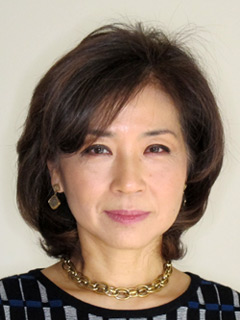HOW CAN WE HELP YOU? Call 1-800-TRY-CHOP
Nah-Cederquist Laboratory
The primary goals of the Nah-Cederquist Laboratory are to enhance the current understanding of the etiology and pathologic processes underlying birth defects affecting the craniofacial skeleton and joints. The lab accomplishes this through conducting basic science research and translating those findings into the development of innovative therapies for pediatric craniofacial disorders. Under these goals, the lab is currently working on three main topics.
One project focuses on cleft lip and palate (CL/P) and involves determining what genes increase a child's susceptibility to orofacial clefting and whether clefting may be prevented or effectively treated. Although the most common craniofacial birth defect, investigators are still working to understand the basic cellular and molecular mechanisms required for normal fusion of the facial processes during early embryonic development. In collaboration with Dr. Castens at the University of Pennsylvania, who has developed a novel CL/P mouse model, the lab is testing candidate genes and signaling molecules central for upper lip and palate formation. In this study, the lab is using in utero gene transfer approach and ex vivo whole embryo culture system.
A second project in the Nah-Cederquist Laboratory involves research on the temporomandibular joint (TMJ), which has a unique anatomical and histological organization to meet its functional requirements. Malformation and/or destruction of the TMJ, such as in first or second branchial arch syndromes, juvenile arthritis, and trauma, have serious consequences in jaw function and facial morphology. In collaboration with Eiki Koyama, PhD, in the Division of Orthopedic Surgery at CHOP, the lab is investigating the developmental and cellular processes that dictate the formation, development, and maintenance of structural organization of the TMJ.
In addition, the lab is designing a regenerative bone scaffold-based tissue engineering strategy that could help the repair of non-load bearing craniofacial bony defects resulting from trauma or birth defects. This study focuses on the development of a novel delivery system for bone morphogenic proteins.
Project Highlights
- Studying the susceptibility of genes and signaling pathways to cleft lip and palate formation, using transgenic and intra-amniotic gene transfer approaches.
- Investigating the developmental molecular mechanisms essential for unique anatomical and cellular arrangement that is the basis for maintenance of functional integrity of the temporomandibular joint.
- Developing a protein delivery system that can deliver bone morphogenic proteins to a target site in a controlled manner.

Hyun-Duck Nah-Cederquist, DMD, MSD, PhD
Director, Craniofacial Research Laboratory
Dr. Nah-Cederquist investigates solutions to clinical problems in pediatric plastic surgery. Her lab is built around the strengths of CHOP's clinical practices and basic science research. This offers the unique opportunity to directly test hypotheses born from clinical problems in the laboratory, and to take new technologies and concepts developed in the laboratory to patient care.